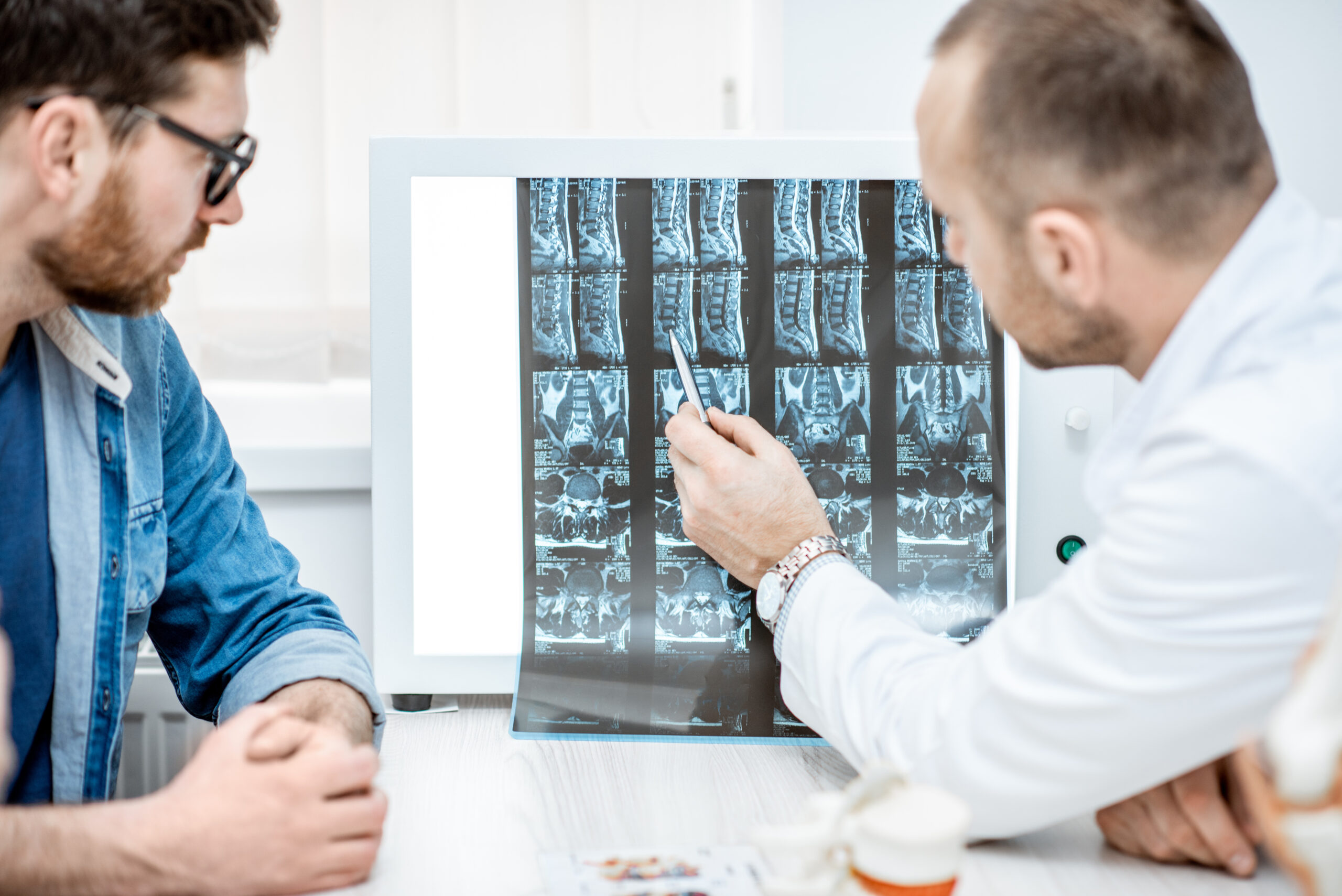
There has been a significant evolution in back pain treatments in recent decades. Historically, spinal pain was addressed through invasive surgeries like fusion, where the doctor had to make a large incision to work on the patient’s vertebrae. In the modern medical era, spinal surgery is dominated by less invasive methods like disc replacement and laser therapy, which can be just as effective – if not more – and come with shorter recovery times. Technology plays a key role in this evolution, with medical device manufacturers developing better artificial spinal discs, robotic tools, and even lasers to help doctors.
One interesting treatment option that more spinal surgeons are exploring to treat back pain is the use of laser therapy. Laser therapy can address chronic back pain that impacts the quality of life of patients. Some people can resume their daily activities in comfort with the help of this treatment.
Learn more about laser treatments for back pain and how they support patients.
How Laser Treatments Work
There are multiple types of lasers used in the medical field, but this article will focus on low-level laser treatment (LLLT) which uses a cold laser to treat back pain. This is a non-invasive treatment, which means it doesn’t require any incisions or surgical operations. The cold laser uses light therapy (known as photobiomodulation) to stimulate the cells and reduce inflammation. This promotes healing in the spine while possibly reducing discomfort in patients.
LLLT is designed to target specific issues in the spine. Along with its pain relief and anti-inflammatory properties, it can also potentially promote tissue repair and regeneration. This could support patients with damaged or worn spinal discs.
Patients often appreciate LLLT because it is non-invasive. They can receive the treatment they need without undergoing surgery. LLLT also allows for precision targeting, which enhances efficacy and reduces collateral damage. Once your doctor identifies the source of your back pain, they can use the laser to address it specifically. Hopefully it gives you relief.
Benefits of Laser Treatments for Back Pain
There are several reasons why patients and doctors both support laser treatments for back pain and continue to explore this option. Here are a few benefits of opting for cold laser treatment:
Minimally Invasive
Doctors often recommend non-invasive treatments for back pain before moving forward with surgery. Not only are non-invasive treatments typically more affordable, but they come with a reduced risk of complications. With laser treatments, patients don’t have to worry about anesthesia, infection, or blood loss. They can enjoy shorter hospital stays and faster recovery times. This may allow them to return to normal day-to-day activities sooner as well.
Precision Targeting
Laser therapy allows doctors to target specific areas of the spine that are affected, allowing for optimal pain relief. This gives doctors a more targeted approach to your back pain, increasing the chances of the treatment’s effectiveness. Doctors also develop customizable treatment plans for each patient depending on how they need to heal.
Long-Term Pain Management Potential
This isn’t a band-aid solution like taking pain medication, which might only reduce discomfort without supporting healing. The goal of treatments like LLLT is to reduce reliance on medications while decreasing the need for invasive procedures. This potentially allows patients to heal better without the cost of risks of surgery.
Types of Laser Treatments Available
Several researchers, universities, and doctors are running clinical trials to explore the value of laser treatments for back pain. Here are a few popular uses for lasers that have proven to be effective.
Endoscopic Laser Discectomy
A discectomy is an operation to remove part of the damaged spinal discs that protect the vertebrae in the spine. This operation may be required if the spinal disc is pushing into the nerve canal, known as a herniation, causing pain to radiate into the arms or legs. A laser discectomy burns away the protruding disc, creating a less invasive experience for the patient. The laser only targets the disc, reducing nerve damage that slows the recovery process.
Patients who undergo an endoscopic laser discectomy will need a few weeks to recover before they can return to regular activity levels. Their incisions, which are usually around an inch long, usually heal within two weeks.
Laser Ablation Techniques
Ablation is the process of destroying abnormal tissue that is harming the patient. This procedure is used as a minimally invasive treatment option to support patients with back pain. It is particularly useful for people living with facet joint pain and inflammation.
Emerging Laser Technologies
Additional laser treatments for back pain include laser nucleoplasty, which is used to treat herniated discs, and intradiscal biacuplasty, which is another form of ablation. Laser therapy for back pain is a growing field as researchers explore new and more effective ways to address spinal discomfort in patients.
Laser Treatments vs. Traditional Approaches
Laser treatments are considered more effective than pain medication because of their targeted nature. The laser focuses on the exact disc that is causing discomfort and addresses inflammation while promoting healing in the cells. It is also preferred by doctors as a non-invasive alternative to surgery. Patients can heal without going through a significant operation.
That said, experienced doctors develop comprehensive treatment plans tailored to the unique case of each patient. If your doctor recommends LLLT, they might also place you on a course of medication and recommend physical therapy, along with heat and cold therapy, to address your pain. These efforts, when used together, can reduce your discomfort.
While many patients qualify for laser treatments, they aren’t right for everyone. Women who are pregnant might not be candidates for laser care but could seek out laser therapy after they heal from childbirth. Your doctor will want to ensure you are in good health ahead of the laser procedure to increase your chances of healing effectively.
What to Expect During and After Laser Treatment
The patient experience during and after laser treatment depends on what your doctor recommends. LLLT provides a different experience than an endoscopic laser discectomy. If you are using laser therapy in a non-invasive way to treat inflammation and promote cell growth, you can receive treatment in a clinic or doctor’s office. You will be awake during this time and might feel a gentle warming sensation in your spine. These treatments are not considered painful and allow you to resume normal activities quickly.
If your doctor is using a laser for a minimally invasive operation, they will walk you through the anesthesia process and recovery expectations. Every operation is different, but many spinal procedures can be done in an outpatient clinic instead of the hospital. You should be able to return home within a few hours of arriving.
Every laser treatment for back pain comes with recovery instructions. Your doctor will review when you can return to work and participate in other activities. They will likely pair your laser treatment with physical therapy and pain medication to help you heal. Most patients need to rest for a few days after the procedure and receive help from a relative or caretaker.
Your doctor will schedule a follow-up appointment after your treatment. They want to confirm that you are healing and address any new sources of discomfort or increased pain levels you may experience. Make sure to be honest with them about your experience – they are here to help you.
Potential Risks and Considerations
Every patient is different, but there are a few common side effects you experience following your treatment. It’s not uncommon for patients to feel soreness or bruising where the laser was used. You might feel other types of discomfort as well, like a warm sensation. Some patients may experience nerve damage as a result of the laser treatment. This may take several weeks to heal.
While there is no way to eliminate unwanted side effects, you can reduce your chances of complications by working with an experienced spinal professional. A qualified spinal neurosurgeon will recommend the best treatment options for you based on your needs.
Connect with Dr. Lanman for Expert Spine Care
If you are interested in exploring treatments for back discomfort, request a consultation with Dr. Todd H. Lanman, an award-winning spinal neurosurgeon. He is also the founder and creator of the ADR Spine Top Doctors program, where you can find local disc replacement spinal surgeons across the country.
Dr. Lanman can walk you through your back treatment options. He will also develop a tailor-made treatment plan based on your specific situation. Request a consultation today and take the first steps toward living without back pain.
Frequenlty Asked Questions
What conditions can laser treatments effectively treat for back pain?
Laser treatments might effectively address a variety of spine-related conditions, including disc herniations and facet joint arthritis. These treatments might reduce inflammation while promoting healing for the patients. Ask your doctor if laser treatments for back pain are right for you.
Are laser treatments painful, and what is the recovery time?
These treatments usually aren’t painful, but you may experience some discomfort and tenderness directly after your laser appointment. The minimally invasive nature of this procedure is designed to reduce pain while shortening recovery periods. Your recovery will depend on the severity of your condition and the part of the spine being treated.
How long do the effects of laser therapy for back pain last?
Laser therapy might be a long-lasting treatment for spinal pain. However, the effectiveness varies from one patient to the next. To increase your chances of reducing your pain and keeping it away, follow your doctor’s recovery steps. Keeping up with physical therapy and practicing good spinal hygiene can support your back in the long run.
Are there any risks or complications associated with laser treatments?
The risks of spinal laser treatments are rare. You may experience pain at the treatment site or skin irritation from the laser. Other risks include infection and bleeding. These usually occur in patients with preexisting skin problems, which is why doctors won’t use laser treatments if you have either of these conditions.
Ready to reclaim your life? Get in touch with Dr. Lanman Today.
FOLLOW US ON SOCIAL MEDIA | @ADRSPINE




